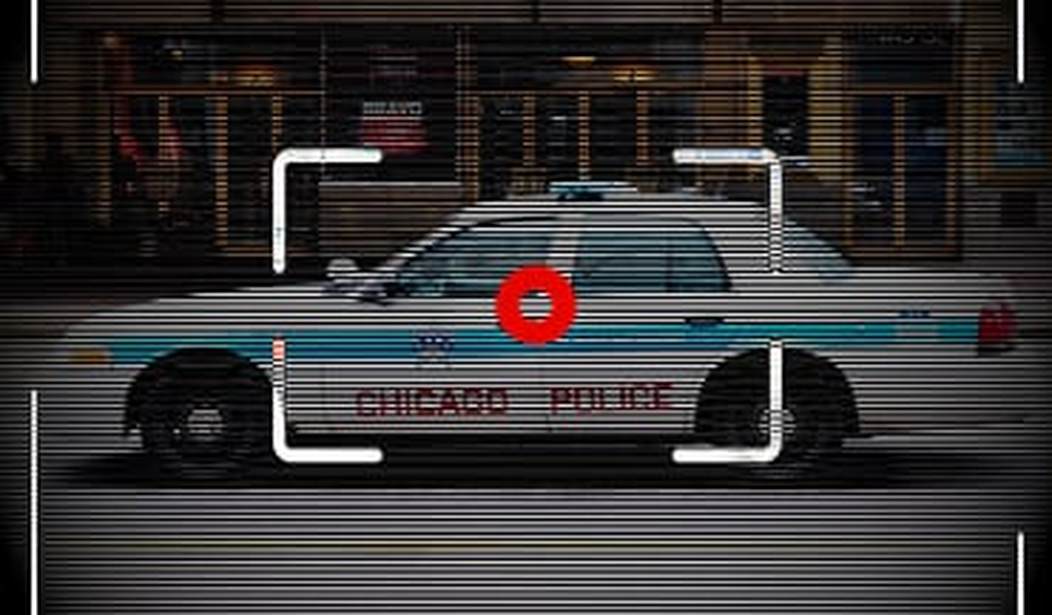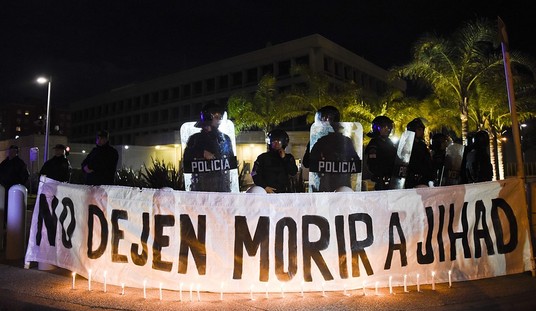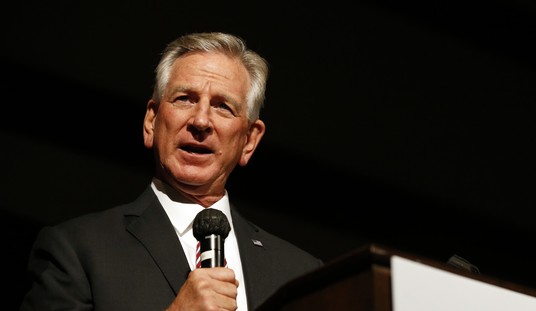The war on cops continues apace. Yes, I know that for some of you, the mere mention of the term sends you scampering for the latest refutation of the notion that such a war exists. Writing at the Washington Post, Radley Balko seems particularly vexed to see the term employed. Citing data from Mark J. Perry at the American Enterprise Institute, Balko correctly pointed out last December that 2015 was the second-safest year ever for American police officers, with 0.1112 gun-related deaths per 1 million in population. The rate was about six times higher in the 1970s and 14-17 times higher during the days of Prohibition.
Fine. The statistics are what they are. But while 2015’s numbers would hardly seem indicative of a war on the police, this year is shaping up much differently. According to the National Law Enforcement Officers Memorial Fund, shooting deaths of police officers are up 78 percent (PDF) this year when compared to the same point in 2015. The most recent officer to fall was Jonathan DeGuzman of the San Diego Police Department, who was shot and killed last Thursday night. His partner, Officer Irwin Wade, was wounded but survived.
Even with such a startling jump in violence against the police this year, things are still much better than they were in the 1970s and far, far better than they were in the 1930s. But there is more to this war on cops than these raw numbers. In her latest book, The War on Cops: How the New Attack on Law and Order Makes Everyone Less Safe, Heather Mac Donald makes a compelling case that this war is real and that it comes with real casualties. Since the book’s June publication, evidence of Mac Donald’s thesis continues to accrue, nowhere more horrifically than in Chicago, where 65 people were murdered in July, bringing this year’s total to 381. The number of shooting victims in the city stood at 2,394 as of July 31. On Sunday, the Chicago Tribune reported on the two people killed and 21 wounded on Saturday alone.
If you’re curious about how this state of affairs came to be in Chicago, I recommend keeping up with the Second City Cop blog, which chronicles the city’s peculiar politics and how they affect its police department. On Saturday, SCC responded to the action taken against three officers involved in the fatal shooting of Paul O’Neal, 18, who police allege was driving a stolen Jaguar when he sideswiped a squad car and collided with a parked car while trying to escape. Three officers have been relieved of their police powers, sending a clear message to Chicago’s rank-and-file cops. Like that in many police departments, Chicago P.D.’s shooting policy prohibits firing at a moving car if the car is the only “weapon” being used by the suspect.
Such a policy flies in the face of established Supreme Court precedents, most recently upheld in two years ago (PDF), which hold that an officer may use deadly force to bring a dangerous car chase to a stop. As the Second City Cop blog notes, Chicago’s policy would prevent officers from firing on a driver seeking to emulate the Bastille Day mass murderer in Nice, France. A terrorist, writes SCC, “would have been able to make runs up and down Michigan Avenue, Columbus Drive, or Grant Park mowing down [Lollapalooza music festival] attendees and as long as his doors are locked, he doesn’t run out of gas and the wheels don’t get jammed up with the dead and dying, the Chicago Police are not allowed to stop him.”
Just as galling to Chicago’s cops as the treatment of these three officers is the apparent kowtowing by the city’s politicians and department brass to local rabble-rousers. The ABC affiliate in Chicago reported that Lamon Reccord, the 16-year-old “activist” perhaps best known for staring at police officers during Black Lives Matter protests, was escorted into police headquarters to “meet with police executives” regarding the O’Neal shooting. The benefit of such a meeting remains, at least to me, a mystery. “This is the 13th brother I’ve lost to gun violence,” Reccord told a reporter, “by the police or black on black crime. I’m tired, I’m fed up.” One must wonder what the actual ratio is among those 13 deaths between police killings and the far more routine gangster gunfire.
Two days before the shooting that claimed Officer DeGuzman’s life in San Diego, a Los Angeles Police Department officer was shot in the Watts section of South L.A., though happily for him the wound was not life-threatening. He and other officers returned fire and killed the suspect, 18-year-old Richard Risher Jr.
Risher’s father told a reporter for the local CBS affiliate that his son was “a good human being.” He went on to say the incident “could have been resolved in a better manner.” And indeed it could have. Risher could have surrendered when confronted by the police while carrying a gun. Or better still, he could have been at home at 11 p.m. instead of out running the streets of Watts with his gangster friends. As it happened, far better that Risher was the one to die rather than the officer. Risher’s mother also spoke to a reporter, and listening to her (abundant coarse language) might give some indication as to why Risher lived and died the way he did. (Note that in the video, she wears a black baseball hat bearing an approximation of the Dodgers’ “LA” logo, but with an AK47 forming the horizontal portions of the letters.)
It is now August, with several more weeks of hot summer weather yet to come. Homicide rates are up in many cities across the country, but there is little incentive among police officers to do anything about it. The Second City Cop spoke for police officers everywhere when he wrote, “It’s over boys and girls. Until there is a wholesale shakeup in the political order, the loud and lawless have won. Let them sort it out.”










Join the conversation as a VIP Member